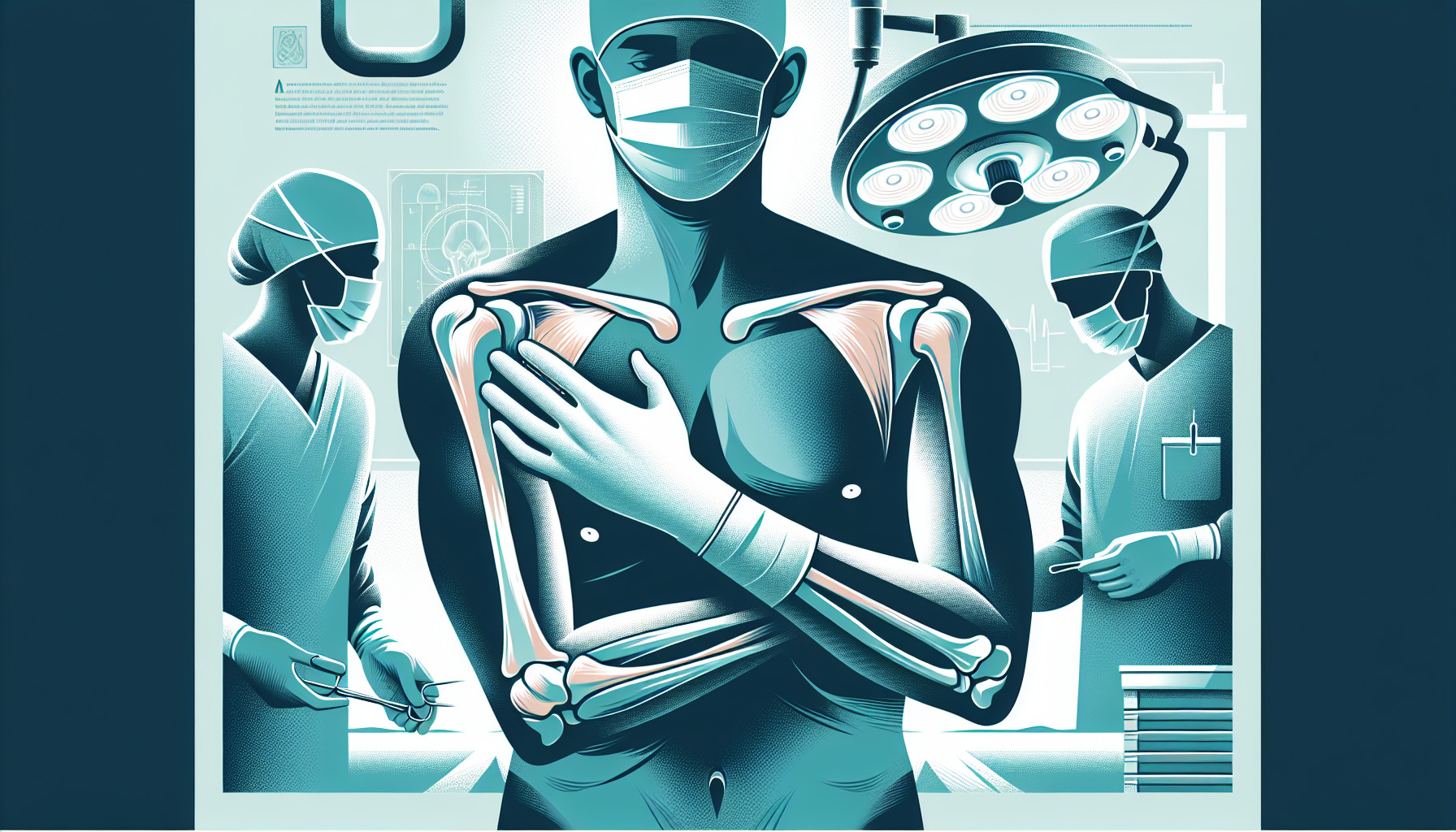Our Summary
This study looked at the long-term outcomes for patients who had a specific type of shoulder replacement surgery. Instead of using a traditional method that involves placing a stem into the bone, these operations used a “stemless” design which leaves more of the patient’s natural bone intact. The researchers followed up with patients who had this surgery between 2006 and 2009.
They found that after around eight years, about 94% of these “stemless” shoulder replacements were still functioning correctly. In addition, the overall rate of needing to replace these “stemless” implants was about 10%.
Despite some signs of wear and tear on the part of the implant that connects with the shoulder socket, the part of the implant that connects with the arm bone was securely fixed in all cases.
Patients also reported significant improvements in their shoulder function and pain levels.
The results suggest that this “stemless” shoulder replacement is a viable option, as it holds up well over time, has a relatively low rate of complications, and leads to improved patient outcomes.
FAQs
- What is the long-term success rate of “stemless” shoulder replacement surgeries according to the study?
- What was the rate of replacement for “stemless” implants in the study?
- Did patients report improvements in shoulder function and pain levels after the “stemless” shoulder replacement surgery?
Doctor’s Tip
One helpful tip a doctor might tell a patient about shoulder replacement is to follow the recommended post-operative rehabilitation plan. Physical therapy and exercises are crucial in helping improve strength, range of motion, and overall function of the shoulder after surgery. Consistency with these exercises can help ensure a successful recovery and long-term success of the shoulder replacement. It is important to communicate any concerns or difficulties with the physical therapist or doctor to ensure the best possible outcome.
Suitable For
Patients who are typically recommended for shoulder replacement surgery are those who have severe shoulder pain and limited function due to conditions such as osteoarthritis, rheumatoid arthritis, or avascular necrosis. Other reasons for shoulder replacement may include previous unsuccessful shoulder surgeries, fractures, rotator cuff tears, or severe shoulder joint deformity. Patients should have exhausted non-surgical treatment options such as physical therapy, medications, and injections before considering shoulder replacement surgery. Additionally, patients should be in good overall health and have realistic expectations about the outcome of the surgery.
Timeline
Before shoulder replacement surgery, a patient may experience chronic shoulder pain, limited range of motion, weakness in the shoulder, and difficulty performing daily activities. They may have tried conservative treatments such as physical therapy, medications, and cortisone injections without success.
After shoulder replacement surgery, the patient will typically spend a few days in the hospital for recovery, followed by a period of physical therapy to improve strength and range of motion in the shoulder. It may take several weeks to months for the patient to fully recover and regain full function in the shoulder.
Over time, the patient should experience reduced pain, improved range of motion, and increased strength in the shoulder. Long-term outcomes for shoulder replacement surgery are generally positive, with most patients experiencing improved quality of life and function in the affected shoulder.
What to Ask Your Doctor
What are the potential risks and complications associated with shoulder replacement surgery, particularly with the “stemless” design?
How long can I expect the “stemless” shoulder replacement to last? Will I eventually need a revision surgery?
What is the recovery process like after shoulder replacement surgery? How long will it take for me to regain full function in my shoulder?
Are there any specific lifestyle changes or restrictions I need to follow after undergoing shoulder replacement surgery?
How frequently will I need to follow up with you after the surgery for monitoring and potential adjustments?
Are there any alternative treatments or procedures that I should consider before deciding on shoulder replacement surgery?
Can you provide me with more information on your experience and success rates with performing “stemless” shoulder replacements?
How will the “stemless” shoulder replacement affect my ability to participate in physical activities or sports in the future?
What is the expected level of pain relief and improvement in shoulder function that I can expect after undergoing the “stemless” shoulder replacement surgery?
Are there any specific precautions I should take to prevent complications or ensure the long-term success of the “stemless” shoulder replacement?
Reference
Authors: Beck S, Beck V, Wegner A, Dudda M, Patsalis T, Jäger M. Journal: Int Orthop. 2018 Jun;42(6):1327-1330. doi: 10.1007/s00264-018-3779-0. Epub 2018 Jan 24. PMID: 29368045
